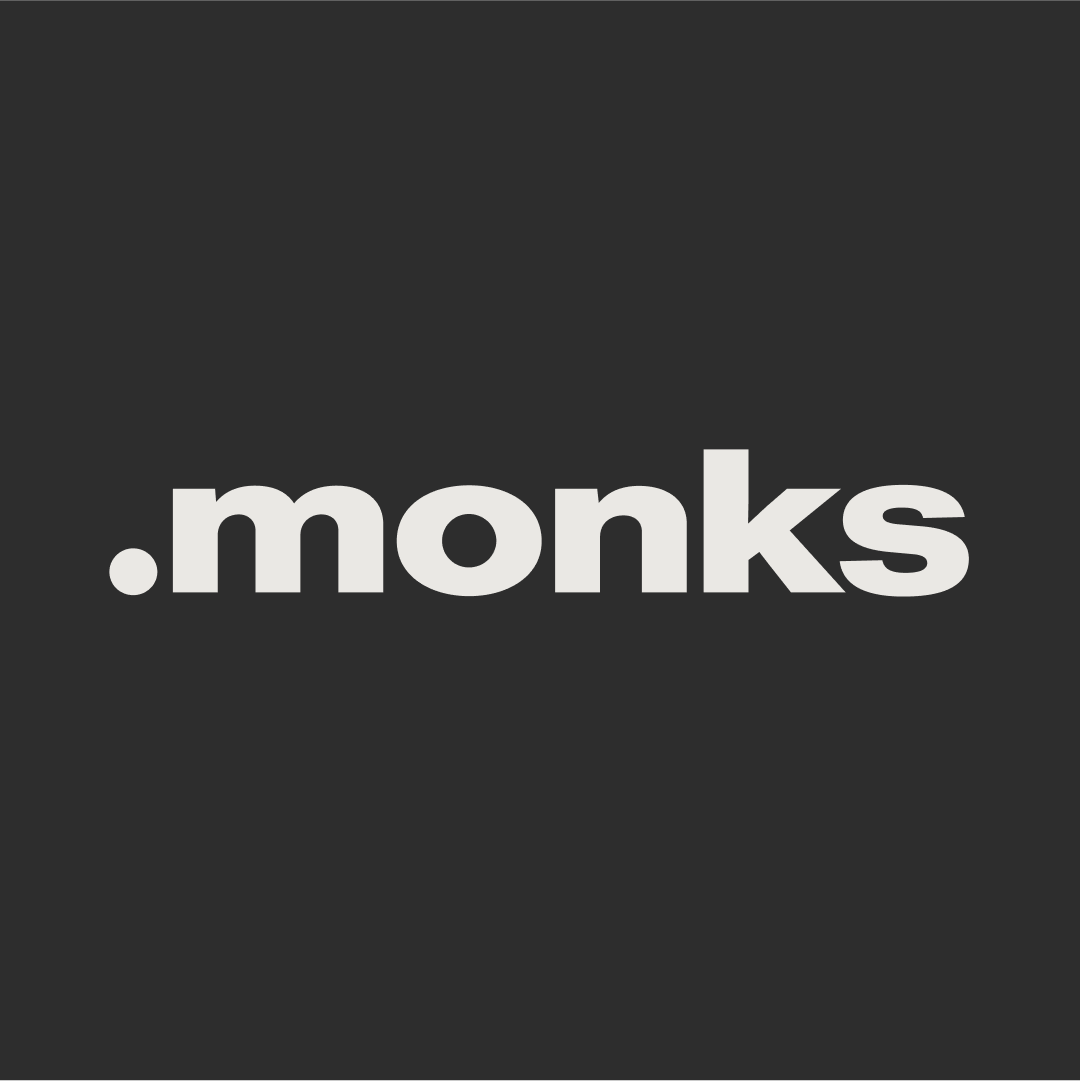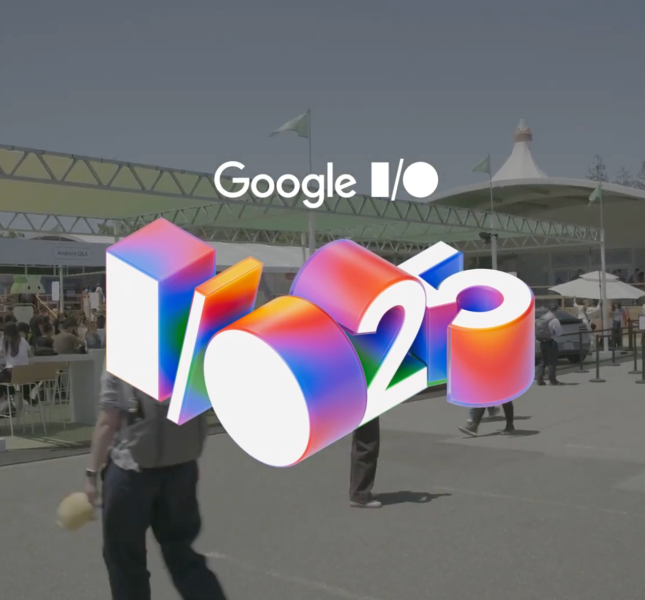Unlocking Creativity and Efficiency with Cross-Functional Collaboration

If there’s one thing that brands have in common, it’s a need to break down silos and bridge together capabilities. Cross-functional collaborative structures are key to digital transformation, for example, by enabling key stakeholders from across an organization to pool together their perspectives and insights of the multichannel user journey. Collaborative cultures also equip brands to become nimbler.
In a Forrester Research report detailing how organizations can become more adaptable to growth, Jacob Morgan advises organizations to “focus on tasks and networks, not job titles. Smaller cross-functional teams let digital leaders stay flexible when competitors’ innovations challenge their game plans.” When organizing teams, bring together small handfuls of people with different expertise and align them to a common task, like following a full, end-to-end customer journey.
This method requires team members to become part of processes that might initially seem foreign to them. But with customer journeys are becoming more integrated across channels and experiences, teams that are best equipped to understand and support the user journey are those that bring together several, diverse perspectives. This setup also helps teams identify opportunities to expand on projects to better support customers, like the need to produce a microsite to raise awareness for a voice app in development.
Cross-functional teams let digital leaders stay flexible when competitors’ innovations challenge their game plans.
What doesn’t work, according to MediaMonks Global Executive Creative Director Jouke Vuurmans, is the stacked approach: when one department completes a task and hands over to the next. Not only does this make creative become rigidly standardized, but an endless passing of the buck doesn’t give anyone a sense of ownership of projects.
Bridge Capabilities for Efficiency
Organizations are sure to experience initial growing pains when bridging together different capabilities—we know, because we’ve experienced this ourselves. MediaMonks Technical Director Rober Slootjes recently recounted the story at last week’s DrupalCon Seattle 2019, where the biggest contributors of Drupal like Acquia and individual developers came together to explore everyday solutions and interesting new capabilities of the platform.
In his talk “When Drupal Met Symfony,” Slootjes introduced a key problem that can exist with any organization that juggles a few platforms: the PHP programming team he led were self-segregating based on capabilities. Seeking to bring the camps together—which comprised of Drupal developers and non-Drupal ones who had specialized in Symfony Framework—Slootjes established a way to create a Restful API without any of the usual Drupal modules, using techniques he used in Symfony Framework instead. Slootjes has given the talk in Lisbon, Vienna, New York City and more.
I consider it one team, which was my ultimate goal.
The approach is eye-opening for giving Drupal users a peak under the hood into how the platform’s technology works, while also giving non-Drupal developers some context for ways they can help lend support within Drupal.
While not a Drupal specialist himself, Slootjes drew upon his experience with Symfony Framework to arrive at the method outlined in his talk. “The Symfony ecosystem is made up of lots of separate components, and Drupal uses a lot of those components,” he says. This prompted him to devise a new programming standard built on the commonalities between Symfony Framework and Drupal, enabling the team to work more closely together.
“Those with a focus on Symfony Framework learned how to work with the Drupal platform, while the Drupal people gained a better understanding of how the Symfony Components worked internally,” said Slootjes. “I consider it one team, which was my ultimate goal—not to have two sub teams, but one that respects one another’s work.” Since implementing the standard, teammates have split responsibilities to reduce workloads on highly technical projects.
From Friction Comes Innovation
The key benefit to bridging capabilities is to bring unique points of view together to spark creative ideas or find new ways of working. It may have seemed counterintuitive for a non-Drupal developer to lead a Drupal-focused team, for example, but Slootjes’ outsider expertise resulted in a new, better way of working.
Perhaps not surprisingly, the outside perspective can help kickstart new—and better—ways of working. Last year, we began offering services through Adobe Experience Manager, a new capability that required training and certification. “While we lacked experience with the platform at the time, we applied our creative expertise to tackle challenges in a different way than someone with years of experience,” said Vuurmans. “Our unorthodox introduction to the platform let us elevate the client experience—particularly the front-end design, which is constrained by the platform.” Without bridging capabilities or collaboration, it’s easy for teams to get set in their ways and miss opportunities to innovate.
Designers shouldn’t feel limited by constraints of the platform.

The keys to creative innovation, then, are curiosity and a sense of benign friction. “In creative, designers shouldn’t feel limited by constraints of the platform,” says Vuurmans. “Of course, this creates resistance when the developer says that something isn’t possible.” This butting of heads can lead to a productive, creative haggling process: “While the designer thinks of ways to alter the design, the developer looks outside the box for ways to make the design work.” After pushing one another to push limits or get creative within constraints, the two camps eventually meet somewhere in-between.
By breaking down silos, organizations can likewise push their limits to unlock creative potential. With an openness and curiosity to try out new capabilities or adapt to new challenges, cross-functional collaboration enables brands to cooperate and work more efficiently.
Related
Thinking
Sharpen your edge in a world that won't wait
Sign up to get email updates with actionable insights, cutting-edge research and proven strategies.
Monks needs the contact information you provide to us to contact you about our products and services. You may unsubscribe from these communications at any time. For information on how to unsubscribe, as well as our privacy practices and commitment to protecting your privacy, please review our Privacy Policy.



